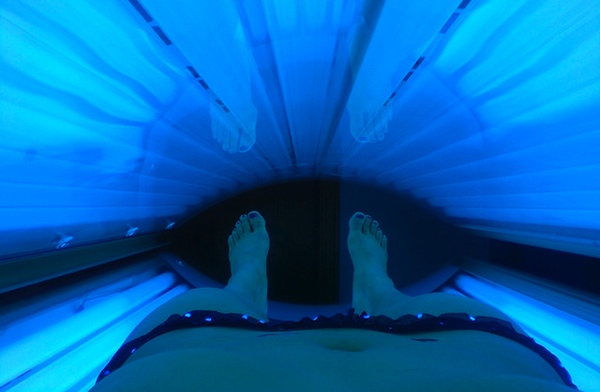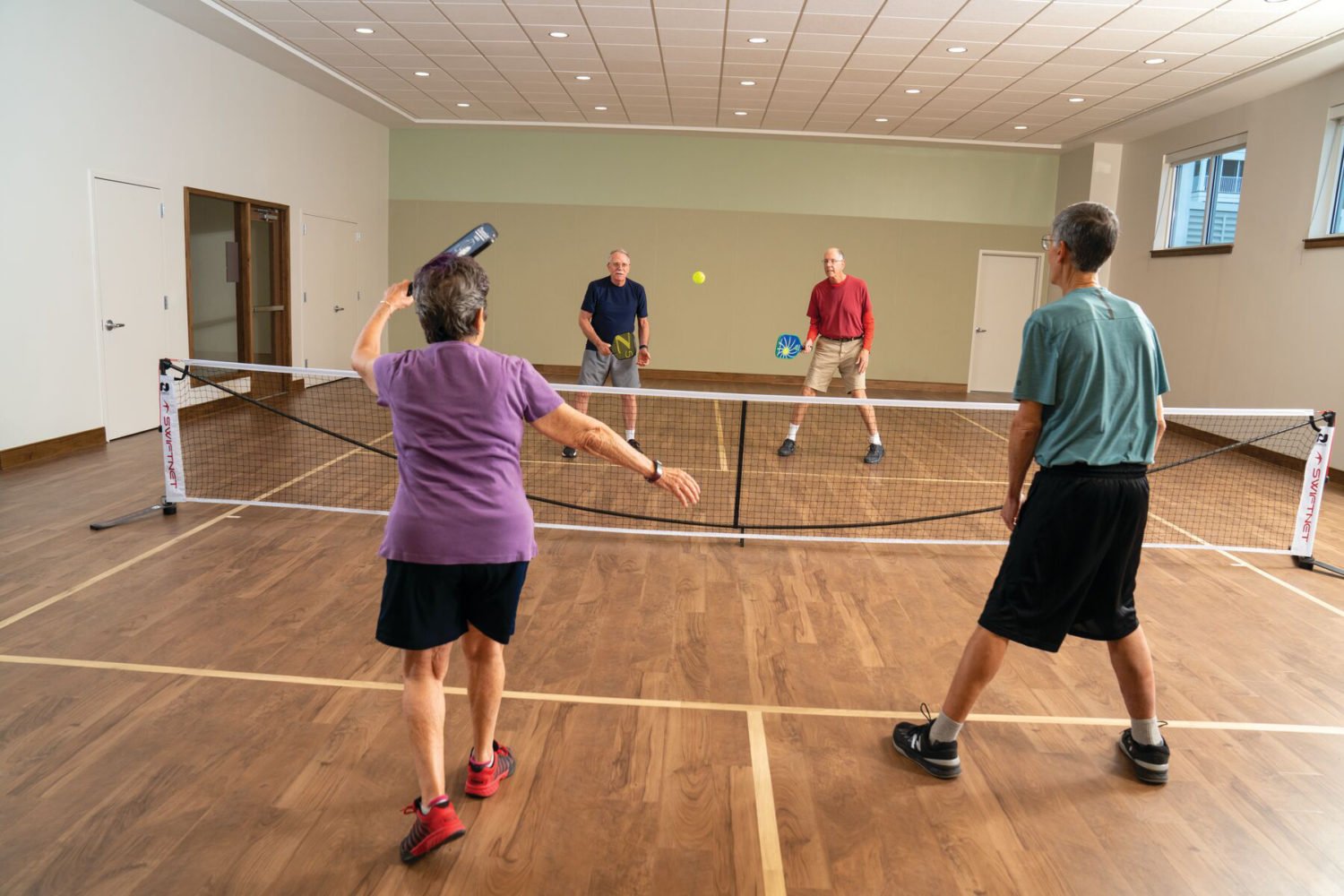An investigation conducted by the government found that tanning salons nationwide provided customers false information. Photograph courtesy of Flickr user Whatsername?.
We’ve officially decided to be happy with our winter-pale skin after hearing what tanning salon employees are telling their customers.
An investigation conducted by the House Committee on Energy and Commerce found that tanning salons in all 50 states and the District lie to customers about the serious risks of indoor tanning. Investigators posed as fair-skinned teenagers and called at least three salons in each state and in DC.
In a statement, executive director of the Melanoma Research Foundation Timothy Turnham said, “The tanning industry is playing fast and loose with the lives of people,” and called out the salons for their “blatant disregard [ . . . ] for the health and well-being of young people.”
This is what the tanning salons unknowingly confessed to the committee, and the truth behind their answers.
Q: Does indoor tanning pose any health risks for fair-skinned teenager girls?
A: No.
Truth: Ninety percent of the salons said indoor tanning does not pose any health risks. In fact, some salons claimed that the connection between indoor tanning and increased risk of developing skin cancer was a “big myth” or had been overexaggerated. In reality, tanning beds have been proven to cause skin cancers such as melanoma, as well as sunburn, ocular damage, and premature aging of the skin.
Q: Does indoor tanning provide any health benefits?
A: Yes.
Truth: Even more troubling, 78 percent of the salons made claims that indoor tanning can be healthy. They cited vitamin D production, treatment of depression, weight loss—even improvement of symptoms of fibromyalgia. Research has proven that the amount of ultraviolet light emitted from tanning devices produces low levels of vitamin D. It’s easier and safer to get sufficient vitamin D by spending five to 30 minutes in the midday sun just twice a week.
Q: Can first-time tanners go more than three times a week?
A: Yes.
Truth: The Food and Drug Administration (FDA) recommends that people use a tanning bed no more than three times in their first week. However, 75 percent of salons told the investigators they would allow first-time customers to tan daily, while some admitted they don’t even have a 24-hour limit policy.
Indoor tanning use has increased from 1 percent of American adults in 1988 to 27 percent in 2007. While young, white females are the most frequent tanners, having a parent or guardian who tans increases a young person’s chances of tanning by 70 percent. These statistics are particularly bothersome since melanoma is now the most common form of cancer among white women between the ages of 15 and 29.
In addition to the government’s 10 percent tax on tanning bed use, both the American Academy of Pediatrics and the American Academy of Dermatology Association agree that a ban should be placed on tanning beds for anyone under 18. More than 30 states, plus DC, require parental consent for anyone under 18 who wishes to use tanning devices.
To read the full report, click here.














